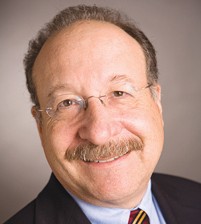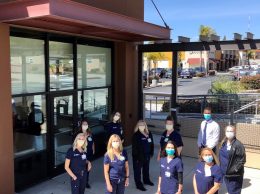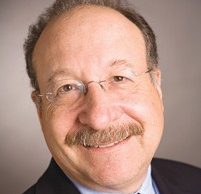
Henry Dubroff
Just 18 months ago, the future looked grim for the region’s airports.
Pilot shortages and a switch by regional carriers from prop jet to all-jet fleets meant cutbacks and consolidation up and down the coast.
Business travelers from airports in Burbank, Santa Barbara, Santa Maria and San Luis Obispo were facing fewer options and higher fares. That grim view prevailed especially for passengers using United and American Airlines; Southwest out of Burbank increasingly looked like the best option to get to the Bay Area, Denver and points east.
Just a year and a half later, the situation has dramatically turned around. At San Luis Obispo Regional Airport, Alaska Airlines is inaugurating service to Seattle on April 13.
United will start service to Denver in June. The service is heavily supported with tourism marketing dollars but it has put SLO back on the map and validated the decision to build a new airport terminal.
Santa Maria, which lost its United service in a United Express restructuring, regrouped last year when Mokulele Airlines of Hawaii inaugurated service to Los Angeles. It is still in recruiting mode but it has a popular flight to Las Vegas and its growing population means that eventually it will fill more routes.
Meanwhile, in Santa Barbara, the turnaround is evident. Mayor Helene Schneider told business and community leaders in March that the airport will see a 10 percent gain in seats as United puts mainline jets into service for the first time since 2001. Airbus A319 and A320 airplanes with 128 and 150 seats, respectively, will be used as San Francisco and Denver get bigger planes. American is putting a 128-seat A319 on its direct flight to Dallas Fort Worth, getting rid of cramped regional jets for a very long flight.
In Burbank, the story is similar. United has begun replacing 50-seat flying torture chambers with larger planes on flights to Denver and San Francisco.
What’s driving the change is the fact that American and United have lowered the cost of operating mainline planes and they have pilots to fly them. That frees up regional jets for shorter trips like Santa Barbara to LAX or San Luis Obispo to San Francisco. Lower fuel costs help as well as the improved economy and technology that allows airlines to route passengers through small airports to larger destinations.
It’s not exactly a smooth ride. A slowdown in tourists from China or a trade war could impact traffic over the short term. Tech hiring in Silicon Valley may be at a peak, which could slow the growth of tech related traffic in San Luis Obispo.
The region is heavily dependent on United for business flyers and the ugly incident in which a passenger was dragged off an airplane by police won’t help United’s image – at least in the short term.
But the arrival of larger regional jets as well as fuel-efficient A319 models flown by United and American has put some spring in the step of airport managers and business flyers.
• Reach Editor Henry Dubroff at hdubroff@pacbiztimes.com.






 Print
Print Email
Email

















